
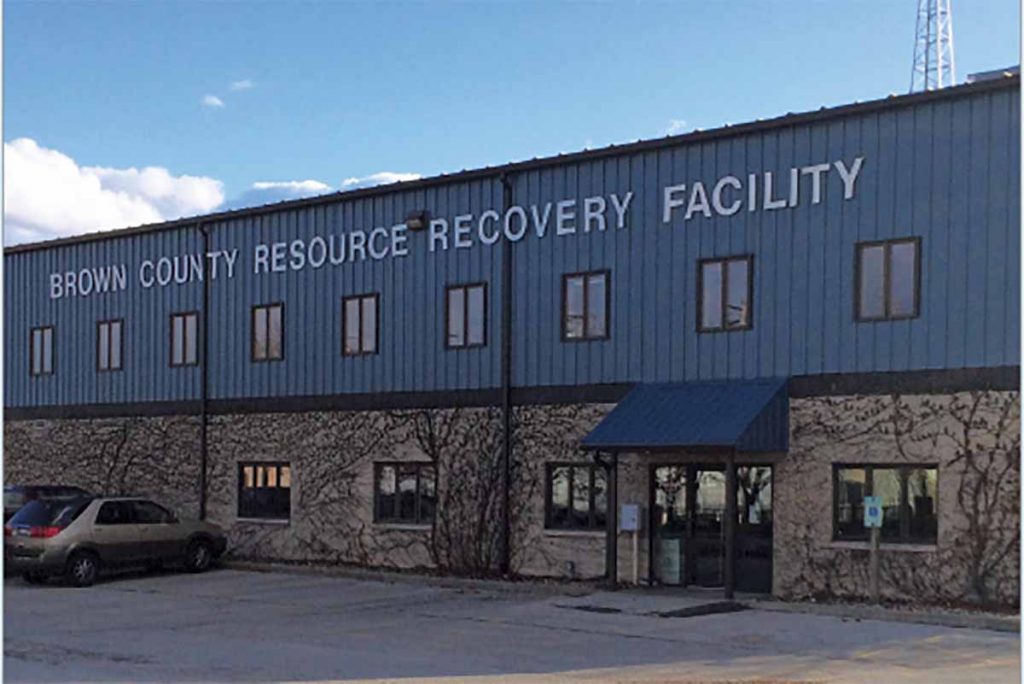
The Brown County MRF processes an average of 100,000 to 105,000 tons per year of material.
In the greater Green Bay, Wis. metropolitan area, Brown County and its neighboring communities came together to collectively improve their recycling programs. They currently operate a regional MRF and collaborate on area-wide messaging.
MRFs in Florida have historically landfilled about one-quarter of the weight that comes in the door, according to a study commissioned by the Florida Recycling Partnership Foundation.
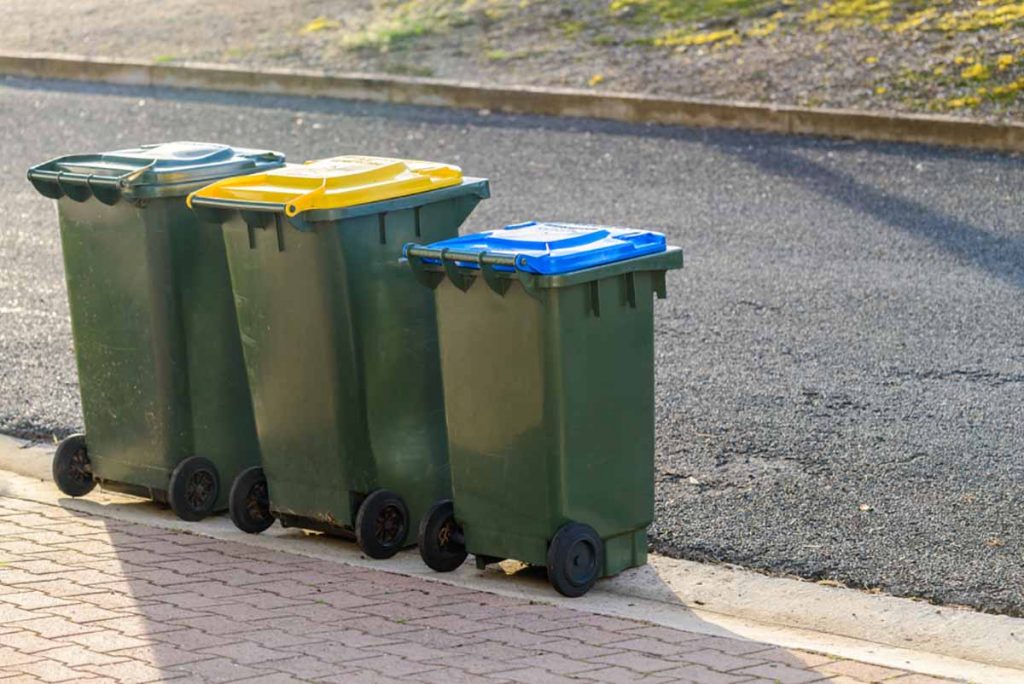
Producer responsibility programs are among the policy actions being discussed around the world to address waste. | amophoto_au/Shutterstock
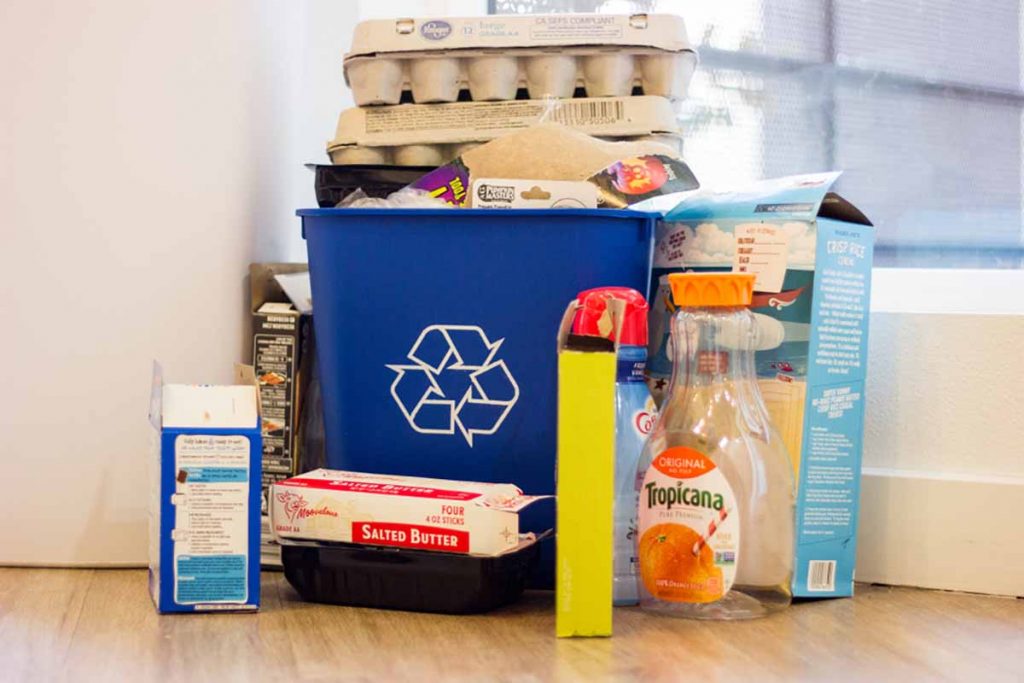
A committee in Oregon envisions a uniform statewide “accepted recyclables list,” as well as “truth-in-labeling” requirements, which would require packaging to have accurate labeling indicating whether it should be recycled, composted or disposed of in the trash. | emmavgerard/Shutterstock
A multi-stakeholder group in Oregon is urging state leaders to implement an extended producer responsibility program for printed paper and packaging. In Washington, officials are developing recommendations to reduce plastic packaging waste.

The financial services sector is taking note of the waste and recycling sector’s growing prominence in corporate sustainability measures. | Bacho/Shutterstock
Financial experts predict restructured contracts will lead to greater stability in the recycling sector. They also anticipate technology and corporate sustainability pushes will benefit the industry while ample consolidation will continue.
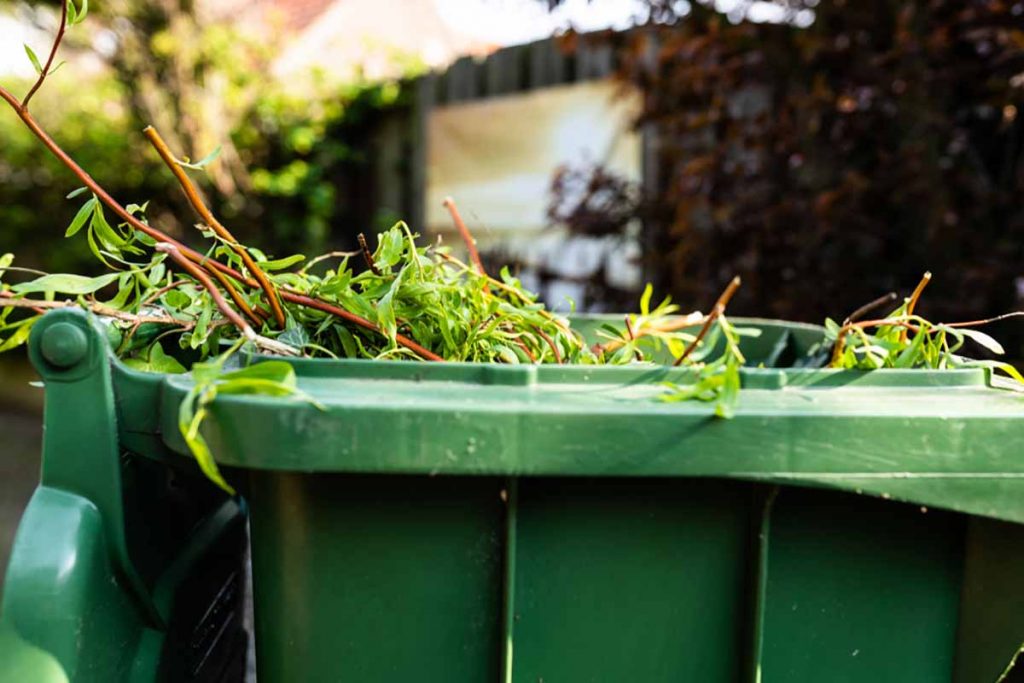
Communities across Vermont are delving deeper into organics diversion, after a statewide landfill ban on food scraps took effect in July. | Alseenrodelap.nl – Elco/Shutterstock
An industry group released labeling guidelines to keep non-compostable packaging out of the green bin, and New York provided an overview of updates to the state’s food scraps recycling law.
 Several curbside recyclables grades have enjoyed notable price increases this month, including OCC, mixed paper, UBCs, HDPE and PP.
Several curbside recyclables grades have enjoyed notable price increases this month, including OCC, mixed paper, UBCs, HDPE and PP.
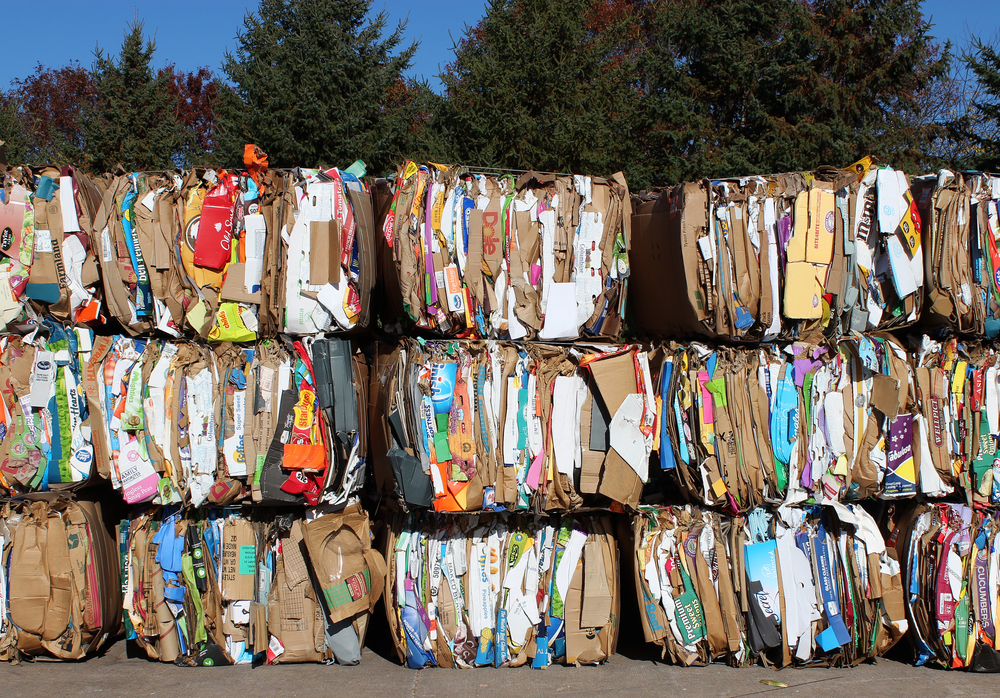
According to one analyst, domestic demand for OCC was up about 6% during the first five months of 2020. | digitalreflections/Shutterstock
Supply and demand realities for key curbside materials are evolving fast, impacted by the coronavirus pandemic, domestic processing capacity increases and other key trends, according to two experts. Continue Reading
